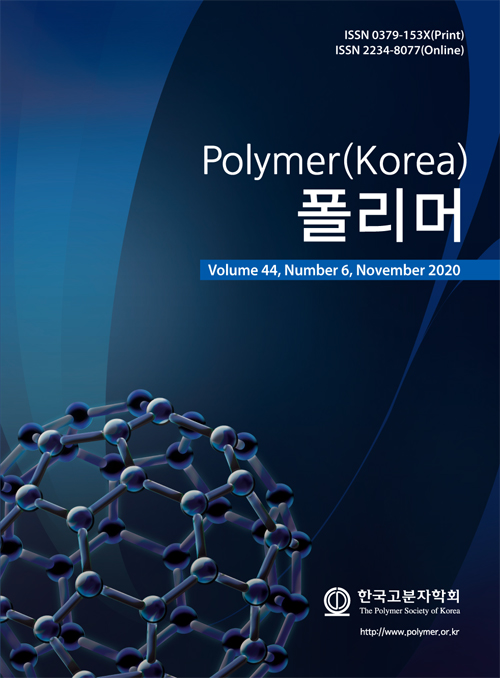In this study, short silk
yarns were manually airlaid, wetted, and hot-pressed to fabricate new airlaid
nonwoven silk fabric. Furthermore, the structural characteristics and
properties of the nonwoven fabric were examined. As the length of silk yarn
increased, the dispersion of silk yarn in the web worsened and the tensile
strength of the resultant nonwoven silk fabric decreased. As the press
temperature was increased to 200 oC, the tensile strength and
elongation of the airlaid nonwoven silk fabric increased. However, it
subsequently decreased with further increase in the press temperature,
indicating that 200 oC is the optimum press temperature for
obtaining the best mechanical properties of the nonwoven silk fabric. An
addition of a 2.5% aqueous sericin solution improved the mechanical properties
of the nonwoven silk fabric up to a certain point (i.e., 6 mL); however,
further addition of the sericin solution was not helpful. This study
demonstrated that nonwoven silk fabric can be fabricated using the airlaid
method, although the process should be further improved by controlling
preparation conditions, such as using short silk fiber rather than short silk
yarn.
본 연구에서는 실크 단사를 공기 분산 후 습윤 및 열압착
처리를 통하여 새로운 에어레이드 실크부직포를 제조하고 그 구조특성과 성질에 대해 살펴보았다. 실크사의
길이가 증가할수록 웹에서 실크사의 분산성은 나빠지고, 실크웹의 인장강도는 감소하였다. 열압착 온도가 200 oC까지 증가함에
따라 에어레이드 실크부직포의 강도와 신도가 증가하였다가 그 이후에는 감소하여 200 oC가
부직포의 기계적 물성을 위한 최적의 압착온도로 밝혀졌다. 2.5% 세리신 수용액을 실크웹에 6 mL 첨가 시까지는 실크부직포의 기계적 물성 향상에 도움이 되었으나 그 이후에는 물성 개선에 도움이
되지 못하는 것으로 나타났다. 본 연구결과를 통해 새로운 실크부직포가 공기분산법을 이용하여 제조가능함을
확인할 수 있었고, 다만 향후에 실크단사보다는 실크섬유를 이용하는 등 제조 공정조건에 대한 개선이 필요할
것으로 생각된다.
Keywords: nonwoven silk fabric, airlaid method, sericin, mechanical properties
- Polymer(Korea) 폴리머
- Frequency : Bimonthly(odd)
ISSN 0379-153X(Print)
ISSN 2234-8077(Online)
Abbr. Polym. Korea - 2023 Impact Factor : 0.4
- Indexed in SCIE
 This Article
This Article
-
2020; 44(6): 809-816
Published online Nov 25, 2020
- 10.7317/pk.2020.44.6.809
- Received on May 29, 2020
- Revised on Jul 6, 2020
- Accepted on Jul 14, 2020
 Correspondence to
Correspondence to
- In Chul Um
-
Department of Biofibers and Biomaterials Science, Kyungpook National University, Daegu 41566, Korea
- E-mail: icum@knu.ac.kr










 Copyright(c) The Polymer Society of Korea. All right reserved.
Copyright(c) The Polymer Society of Korea. All right reserved.